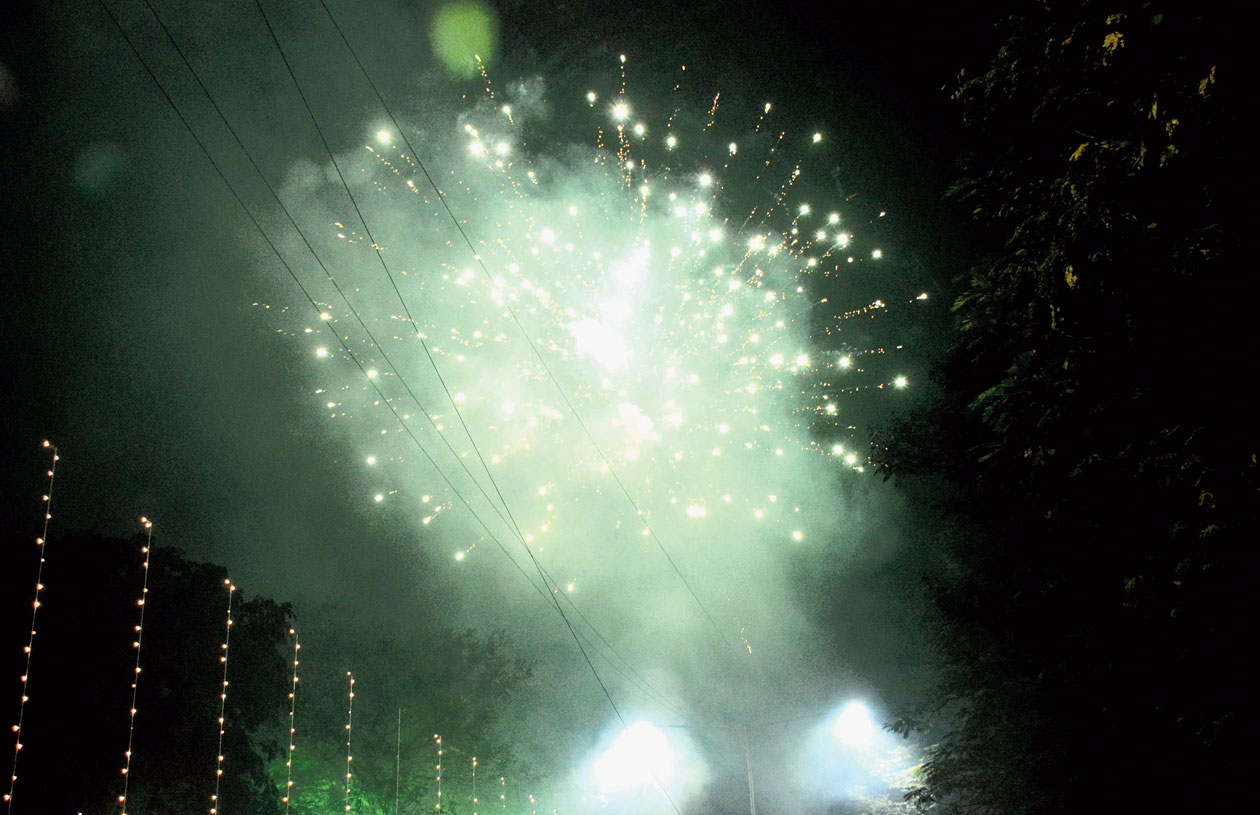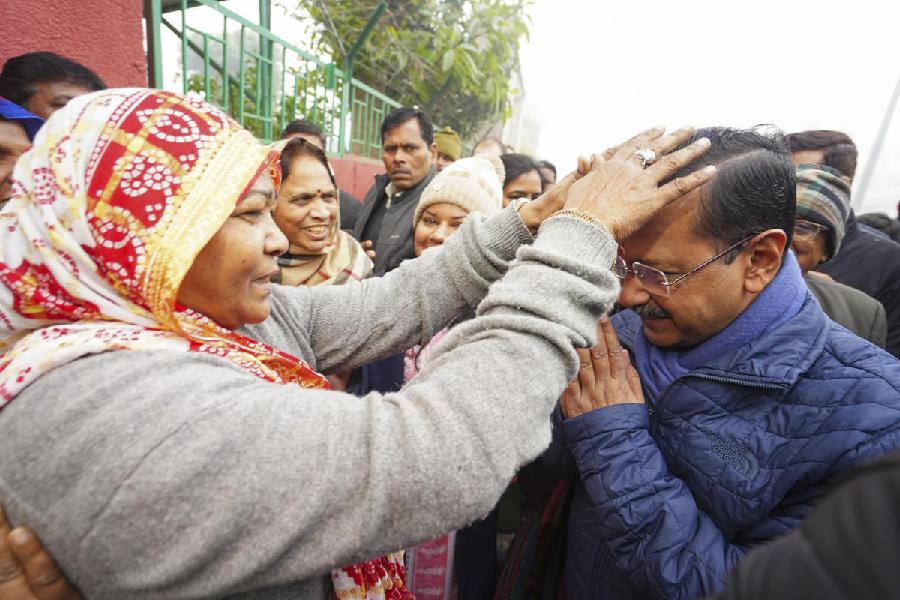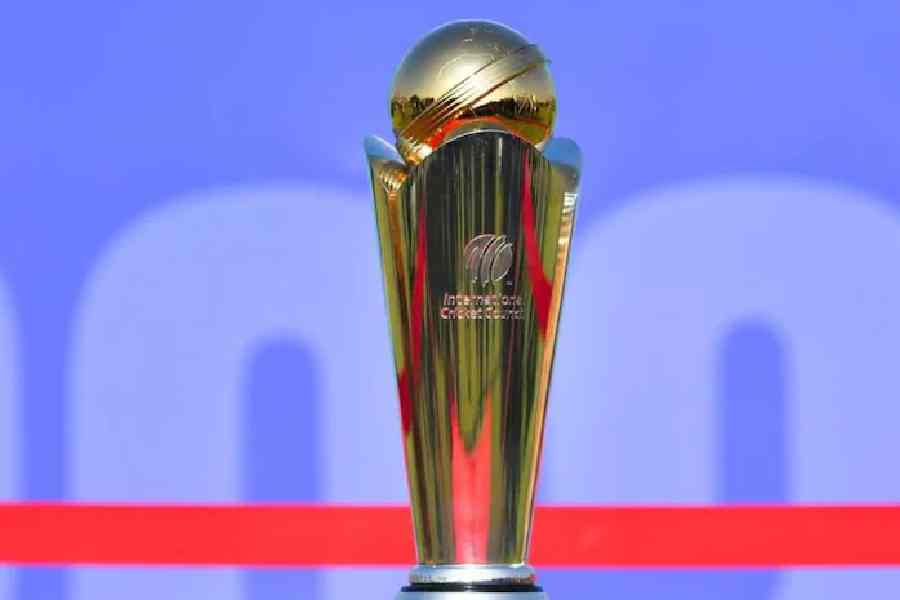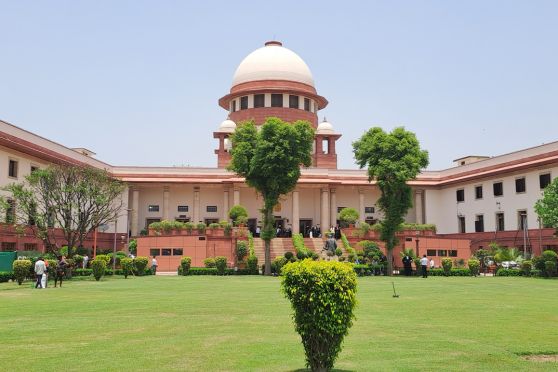Diwali celebrations in the state capital and steel city crossed permissible noise levels this year in blatant violation of the order of the Supreme Court that had set a two-hour window for bursting crackers.
If the Central Pollution Control Board (CPCB) limits noise levels to 65 decibel during day and 55 decibel during night in commercial areas, both cities recorded levels way above these limits during the 8pm to 10pm window and also after 10pm as per the report of the Adityapur-based regional office of Jharkhand State Pollution Control Board (JSPCB) that had compiled noise data before Diwali (November 1) and on Diwali (November 7).
The report was released on Saturday evening.
In Ranchi, the commercial area of Albert Ekka Chowk on Main Road was the noisiest during the two-hour window on Diwali, recording an average of 77.35 decibel that was slightly better than 2017 when it registered 78.58 decibel. Noise levels rose after 10pm when the area registered 79.8 decibel and 77.6 decibel between 11pm and midnight.
But the commercial hub of Sakchi in Jamshedpur was the noisiest. Sakchi roundabout registered 82.1 decibel between 8pm and 10pm on Diwali night, 86.1 decibel after 10pm and 78.8 decibel between 11pm and midnight. The readings were better than last year, when it recorded 100.9 decibel.
“We collected decibel data from Sakchi and Bistupur as they are commercial areas, from new civil court in Bhuiyandih as it is a silence zone and from Indira Chowk (in Adityapur) as it is a residential area,” said JSPCB’s regional officer for Jamshedpur Suresh Paswan.
The silence zone of the capital, Jharkhand High Court at Doranda, recorded 70.65 decibel during the two-hour window against 62.78 decibel last year. These were way higher than the permissible limit (for silence zones) of 50 decibel during day and 40 decibel during night.
The high court area registered 72 decibel between 10pm and 11pm and 70.1 decibel between 11pm and midnight.
The residential area of Ashok Nagar in Ranchi clocked an average of 73.9 decibel during the window period against last year’s 64.62. It recorded 76.1 decibel after 10pm till 11pm and 74.3 decibel between 11pm and midnight.
Significantly, the industrial area of Tupudana recorded 61.2 decibel during the window period, which was much lower than the permissible limit of 75 decibel during day and 70 decibel during night. It also clocked 62.3 decibel between 10pm and 11pm and 61.2 decibel between 11pm and midnight.
In Jamshedpur’s commercial area of Bistupur (near Regal Ground), the decibel level recorded during 8pm to 10pm was 72.35, which was much less than the 92 decibel recorded during Diwali in 2017. The area logged 69.2 decibel between 10pm and 11pm and 76.5 decibel between 11pm and midnight.
The silence zone near the new civil court at Bhuiyandih recorded 79.05 decibel during the window period, much higher than last year’s 55 decibel. It registered 86.1 decibel between 10pm and 11pm and 78.8 decibel between 11pm and midnight, indicating that crackers were burst more after the window period.
The residential are of Indira Chowk in Adityapur recorded 74.05 decibel during the window period against 71 decibel last year, both readings way above the permissible limits of 55 decibel during day and 45 at night. The area clocked 81.4 decibel after 10pm till 11pm and 63.6 decibel between 11pm and midnight.
JSPCB member secretary Rajiv Lochan Bakshi hoped the decibel levels would decrease in the coming years. “We have seen noise pollution decreasing compared to previous years and with sustained awareness it will continue to decrease and come within permissible limits,” he said.











